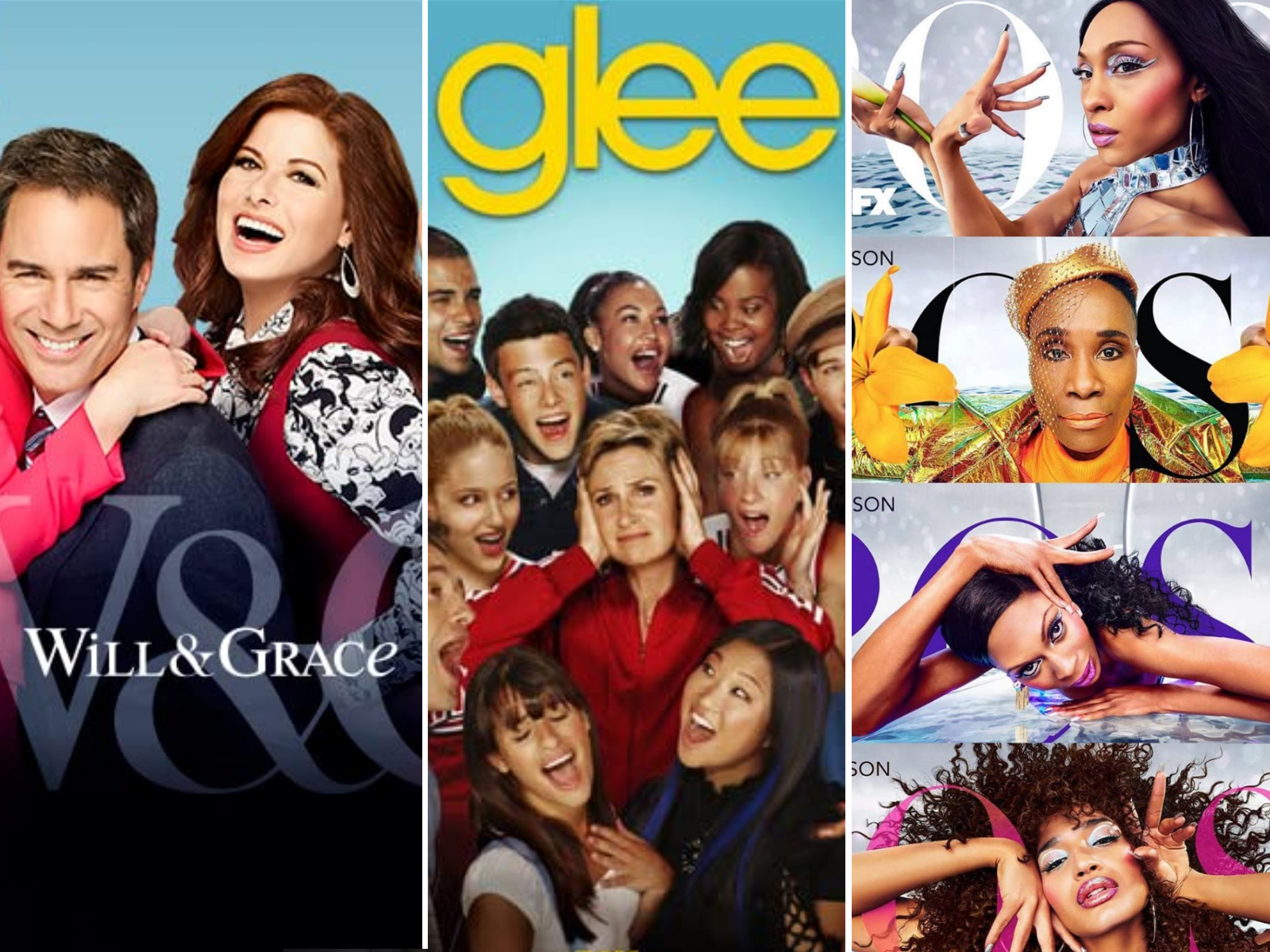
- Television
Some of My Best Friends Are: TV’s Closeted Best Friends
The modern television landscape is populated with many LGBTQI+ characters; including in such stalwartly popular shows as Ted Lasso, Elite, Heartstopper, Yellowjackets, House of the Dragon, FBI: Most Wanted, The Walking Dead: World Beyond and Loki. And while shows such as Will & Grace, Glee and Pose were groundbreaking in their inclusion and representation, a look back on the history of television, especially its sitcoms, shows a plethora of characters who in today’s world would be recognized as gay, but in television’s early days, were hidden in their sexuality.
From Jane Hathaway in The Beverly Hillbillies (although, as a woman, she was required to meet at least some of society’s expectations by harboring an unrealistic crush on Jethro) to Uncle Arthur on Bewitched, characters were allowed to showcase behaviors that could be classified as fitting into a gay stereotype but were never allowed to express their personal preferences. Historians have discussed for years the hidden implications of some of these personae but very few content creators of that time have acknowledged the truth behind the representation. But let’s look back at how TV came to that point.
While electronic television was first successfully demonstrated in San Francisco back on September 7, 1927, it wasn’t until the late 1940s that personalities began to shape the medium, with the likes of Milton Berle and Ed Sullivan becoming the first must-see entertainers. I Love Lucy hit the airwaves in 1951, followed later in the decade by such landmark shows as Gunsmoke, Wyatt Earp, Wagon Train, The Real McCoys, Father Knows Best, and Perry Mason.
The 1960’s brought The Andy Griffith Show, Get Smart, Hogan’s Heroes, Batman, Bonanza, I Dream of Jeannie and Leave it to Beaver. While all of these series maintained a very heterosexual viewpoint, a few in the mid to later years of that decade started cleverly creating supporting characters, who, without ever mentioning their sexuality, were coded gay. That is, they were inhabited with what we now concede as time-sensitive attributes where the men were a little lighter and the women a little less conventionally feminine. One has to recognize that politically and socially at that time in American history, the mere declaration of being gay could have an individual either arrested or institutionalized, so television wasn’t allowed to connect the dots too obviously.
In addition to the aforementioned Jane Hathaway (Nancy Kulp) and Uncle Arthur (Paul Lynde), shows such as Lost in Space brought the overtly dramatic and openly queenie Dr. Zachary Smith (Jonathan Harris); The Ghost and Mrs. Muir allowed Charles Nelson Reilly to camp it up to the hilt as Claymore Gregg; and, to some degree, The Dick Van Dyke Show featured a bachelor Mel Cooley (Richard Deacon), who exhibited a telling sarcasm along with his masculinity. Other characters that lend themselves to sexual debate are Jim Nabors from Gomer Pyle, Ray Walston from My Favorite Martian and Barnabas Collins from Dark Shadows.
But all bets were off in the 1970s as progressive thought and content creators, such as Norman Lear, began to rewrite the rules of TV representation. The most popular shows of the era introduced characters who were openly gay and yet who defied the traditional stereotypes. All in the Family, one of sitcom’s greatest success stories, pushed boundaries continuously, offering up both gay and transsexual characters, most notably female impersonator Beverly LaSalle (Lori Shannon). The transformative success of this character was that for the first time, being LGBTQI+ was not played as the joke. Instead, the character got to play the storyline for the laugh. All the while, the series never once suffered ratings loss.
Soap prominently featured Billy Crystal as a gay character, and in The Jeffersons, one memorable episode centered on Louise’s being convinced her husband George is having an affair with another woman, Edie, who we find out is actually one of George’s old Navy buddies, Eddie.
The 80s and 90s continued to open the closet door with Dynasty, An Early Frost, thirtysomething, Roseanne, LA Law and Melrose Place matter-of-factly including LGBTQI+ characters, signaling a seismic shift in inclusiveness. That pendulum swing led to the ground-breaking Will & Grace in 1998, where two of the central four characters were played as gay.
Where does that leave the medium now? According to GLAAD’s 17th annual Where We Are on TV report, out of the 775 series-regular characters on the 2021-2022 prime-time slate, 92 — or, 11.9% — are LGBTQ, which was an increase from the record high of the year before.
“The growing state of LGBTQ representation on television is a signal that Hollywood is truly starting to recognize the power of telling LGBTQ stories that audiences around the world connect with,” GLAAD President & CEO Sarah Kate Ellis said in a statement.
She continued. “At a time when anti-LGBTQ legislation and violence continues to increase, it is cultural institutions like television that take on the crucial role of changing hearts and minds through diverse and inclusive storytelling, Networks and platforms must continue to prioritize telling LGBTQ stories that have been long overlooked, with a specific focus on the trans community, LGBTQ people of color, people living with HIV, and LGBTQ people with disabilities.”